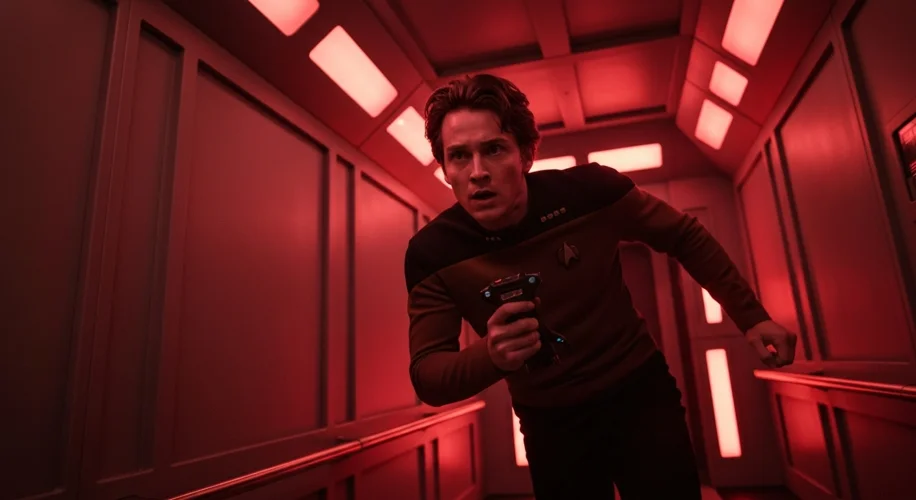Okay, so hear me out. As someone who’s spent way too much time tinkering with VR tech and, let’s be real, getting a little too scared in games, the announcement of “Star Trek: Infection” immediately caught my attention. Imagine stepping onto a derelict starship, not as Captain Kirk boldly going where no one has gone before, but as a terrified ensign trying to survive a parasitic alien outbreak. That’s the vibe of “Star Trek: Infection,” and it’s a pretty intense experience.
What really sets this game apart is how it uses familiar Star Trek mechanics in a survival horror context. Forget just pointing and shooting; you’re actually using your Tricorder to scan for life signs, analyze environmental hazards, and even detect the terrifying alien infection. It feels surprisingly intuitive, especially when you’re in a dimly lit corridor and need to know what’s lurking just around the corner. The developers have done a solid job of making these tools feel like essential survival gear, not just plot devices.
And then there’s the Mind Meld. Yep, you read that right. In “Star Trek: Infection,” the ability to link minds with other survivors (or maybe even the infected?) is a core mechanic. It’s used for sharing information, but also as a way to get inside the heads of your comrades, experiencing their fear firsthand. It’s genuinely unsettling and adds a psychological layer to the horror that most VR games don’t touch.
The atmosphere is where this game truly shines. The sound design is top-notch, with every creak of the ship, distant scuttling, and panicked breath pulling you deeper into the nightmare. The lighting is minimal, relying on your handheld scanner or emergency lights to push back the oppressive darkness. It’s the kind of environment where you instinctively duck behind cover, even when you know there’s nothing there.
However, it’s not all smooth sailing, even in warp speed. Being an early build, there are definitely some rough edges. Text readability in certain menus can be a challenge, especially with the game’s darker aesthetic. I also found the tutorial a bit vague at times; I definitely missed a few key mechanics initially. These are minor gripes, though, and I’m confident the devs will iron them out as they get more feedback.
But here’s the catch: “Star Trek: Infection” has serious potential. It’s not just another zombie shooter in VR. It’s a thoughtful blend of established sci-fi lore and pure, unadulterated dread. If you’re a Star Trek fan looking for a new way to experience the universe, or just a horror enthusiast craving a genuinely creepy VR experience, this is one to keep an eye on. It’s a bold step for VR horror, showing how familiar franchises can be re-imagined to truly scare us.

